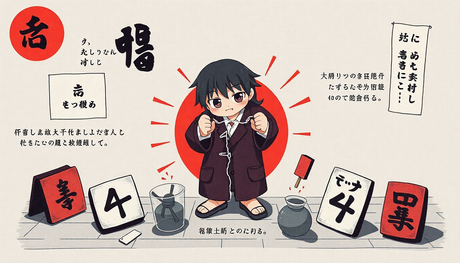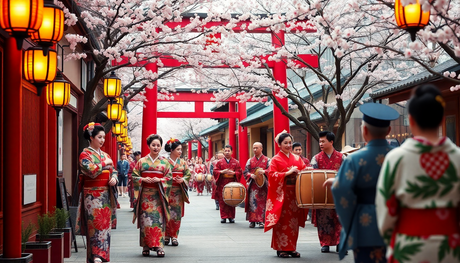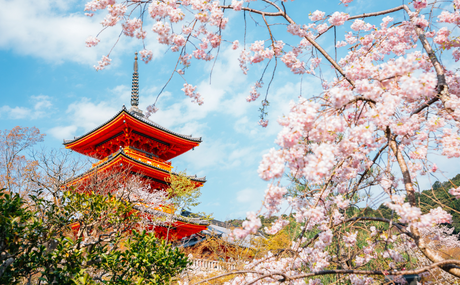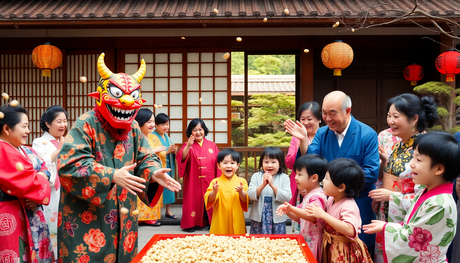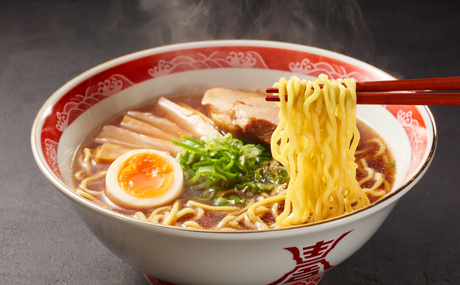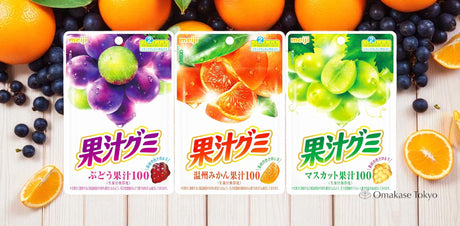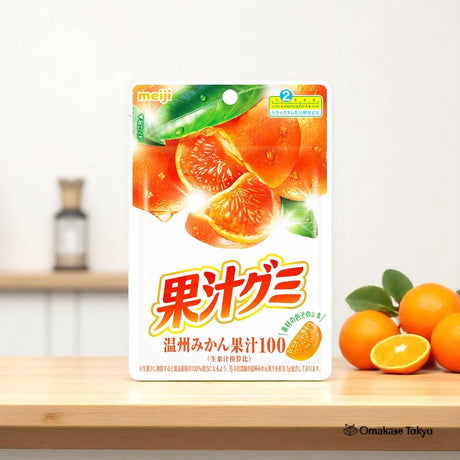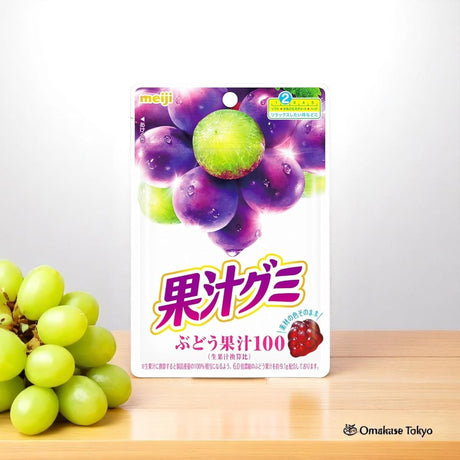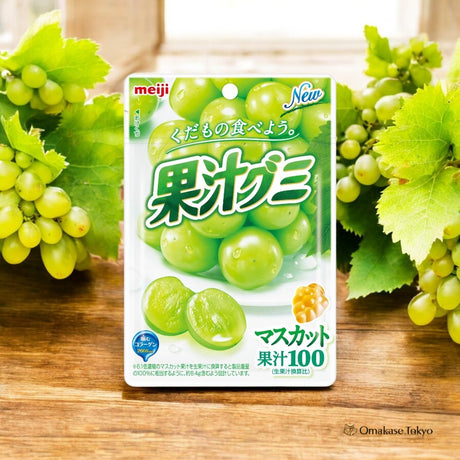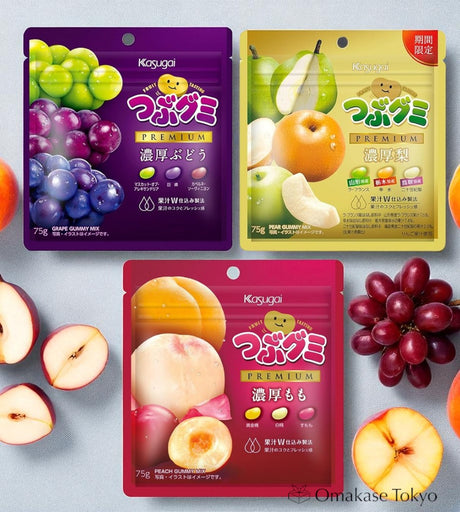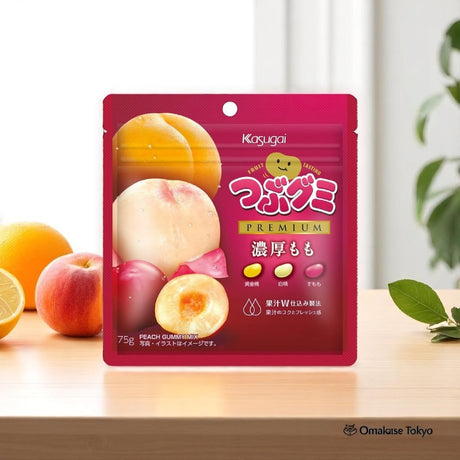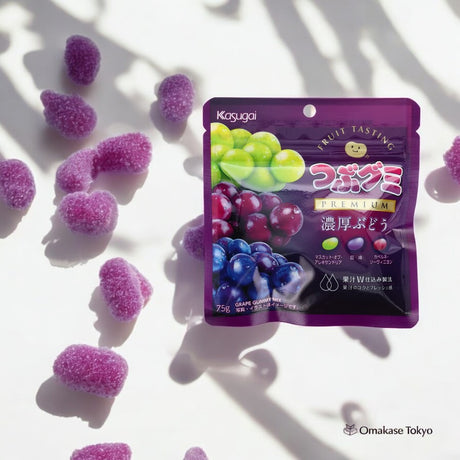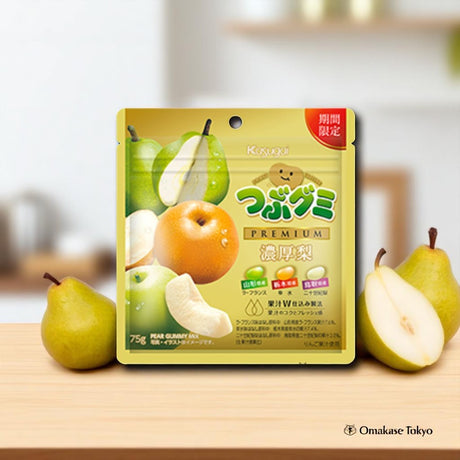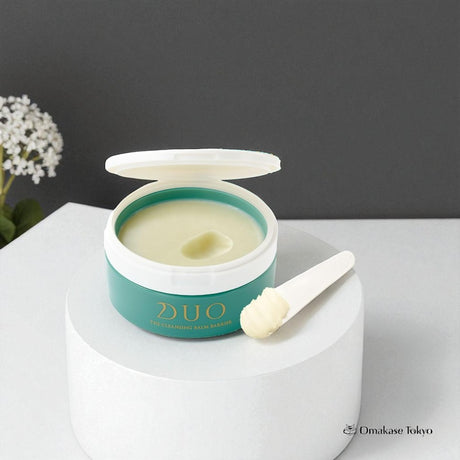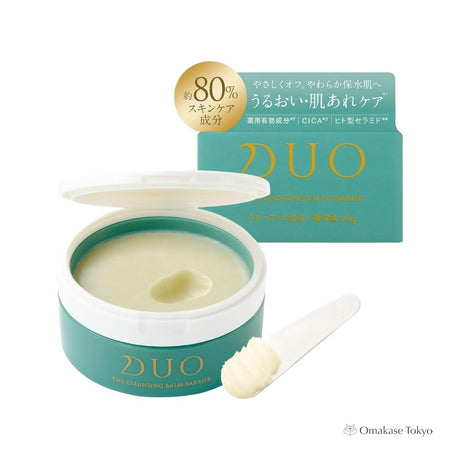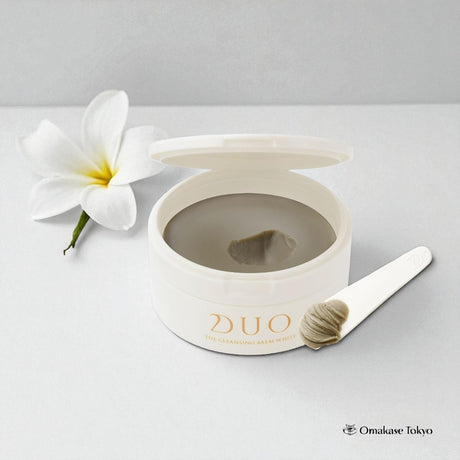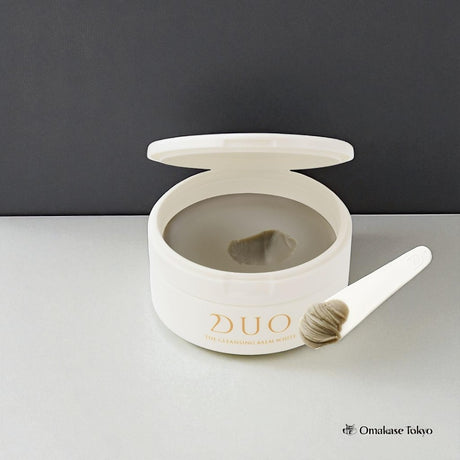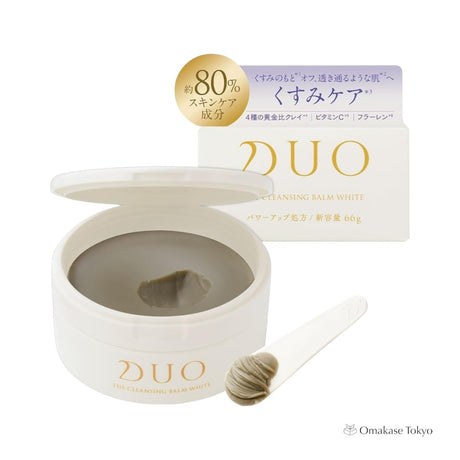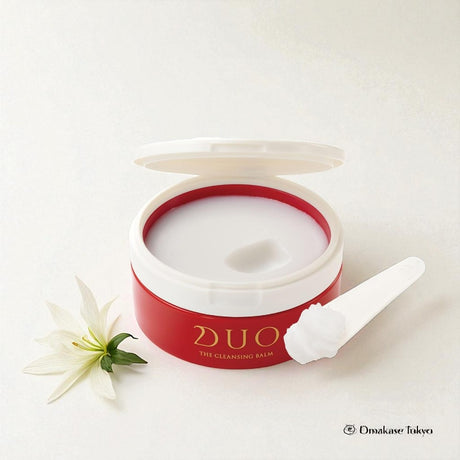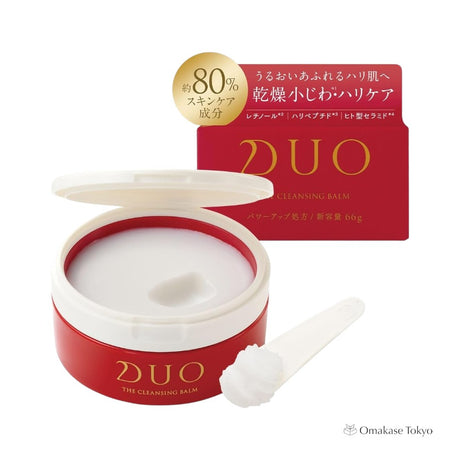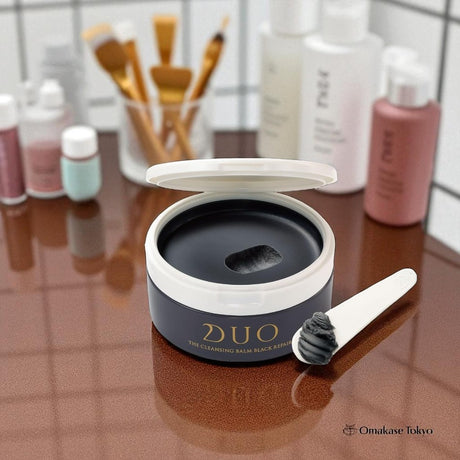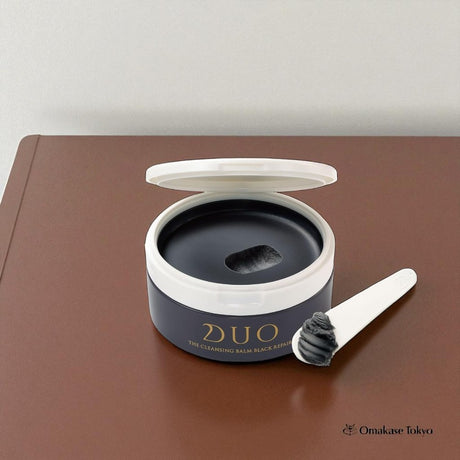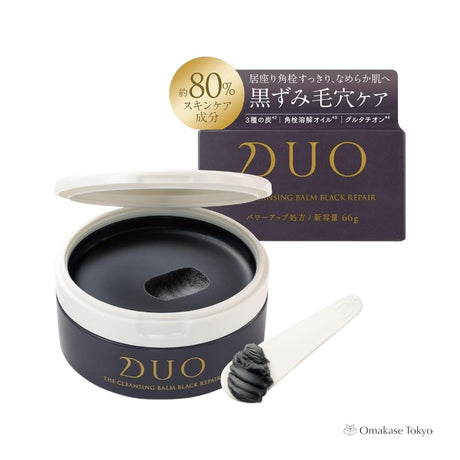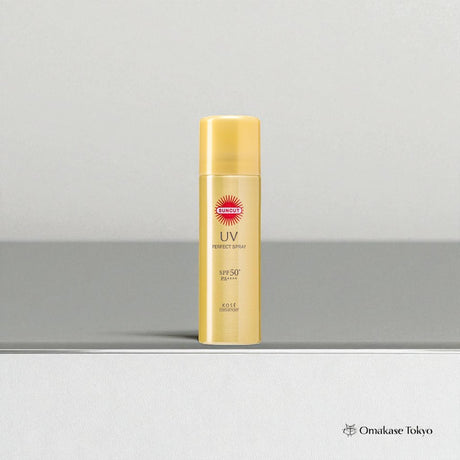The confection known as confeito was introduced from Portugal and consisted of sugar-coated seeds. The word originates from the Latin term confectu (meaning "prepared").
Konpeitō was brought to Japan during the Warring States period as part of the Nanban trade conducted by the Portuguese. In 1569, Luís Fróis presented konpeitō as a gift to Oda Nobunaga, according to historical records.
By the early Edo period, documents from 1609 mention konpeitō in the Saga Domain. In 1613, it was presented as a gift to Matsura Shigenobu. Additionally, in 1637, Portuguese ships brought large quantities of konpeitō to Japan, where it became a prized item.
When the Edo Shogunate banned Portuguese ships in 1639, konpeitō imports ceased. However, Japanese artisans succeeded in domestic production. Records from 1688 mention production activities in Nagasaki.
Until the Meiji era, konpeitō remained an expensive treat. As mechanization advanced, production methods diversified. During wartime, it was valued as a preserved food. Over time, however, with the rise of ice cream and chocolate, konpeitō began to fade from mainstream popularity.
Konpeito, the Star-Shaped Candy of Japan
Konpeito, also known as "star candy," has its roots in the Edo period (1603-1868) of Japan. This delightful confection was first introduced to the country by Portuguese traders, who brought with them the art of sugar refining and candy-making. The Japanese quickly embraced this new treat and began to put their own unique spin on it.
The name "konpeito" is derived from the Portuguese word "confeito," which means "confection." However, the Japanese interpretation of this candy has evolved into a true work of art, with its intricate, star-shaped design and vibrant colors.
The Craftsmanship of Konpeito
The making of konpeito is a meticulous and time-honored process that requires great skill and patience. Each piece is handcrafted, with the sugar being carefully boiled, stretched, and molded into the iconic star shape. The attention to detail is truly remarkable, as the candy makers strive to create a perfect, symmetrical form.
But the true magic of konpeito lies in its unique texture and flavor. The outer shell is delightfully crunchy, while the inside is soft and chewy, with a subtle sweetness that lingers on the palate. The candy is often infused with natural flavors, such as green tea, plum, or even sakura (cherry blossom), adding to its allure.
Characteristics and Varieties of Konpeitō
As a sugar confectionery, konpeitō is highly sensitive to humidity, which is minimized during production. Variants infused with shochu (distilled spirits) have also been developed. While distinct from traditional konpeitō, these variations are often used in imperial celebrations and marketed as festive sweets. Additionally, there are versions flavored with whisky, sake, plum wine, and other liquors, offering diverse flavor experiences.
The history of konpeitō is a testament to the enduring cultural exchange between Japan and the world. This delightful candy has evolved over centuries, becoming a beloved part of Japanese culinary heritage. From its humble beginnings as a Portuguese import to its current status as a cherished national treat. Konpeitō continues to captivate the hearts and taste buds of people around the globe.
Whether you're savoring the classic star-shaped confection or exploring its modern interpretations, the allure of konpeitō lies in its ability to transport you to the rich tapestry of Japan's past and present. So, the next time you indulge in this delectable delight, take a moment to appreciate the fascinating history and craftsmanship that have made konpeitō an enduring symbol of Japan's culinary excellence.


